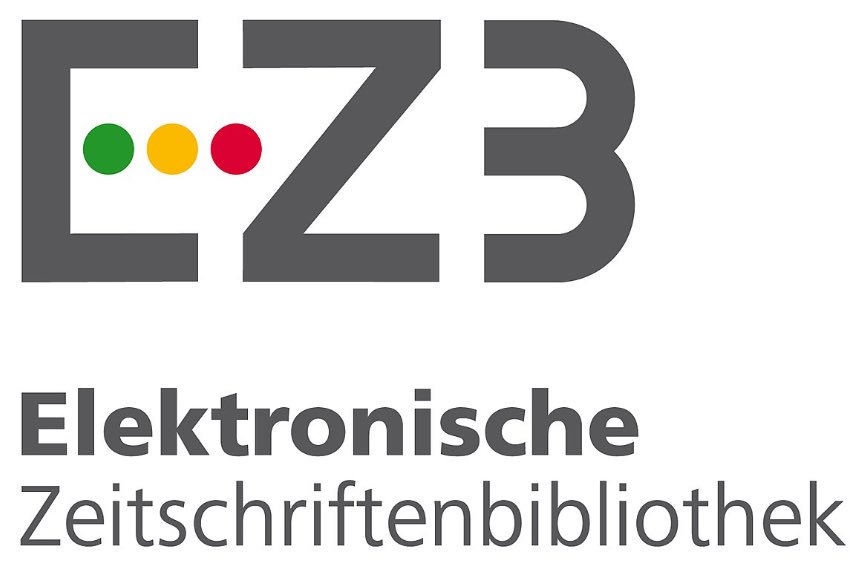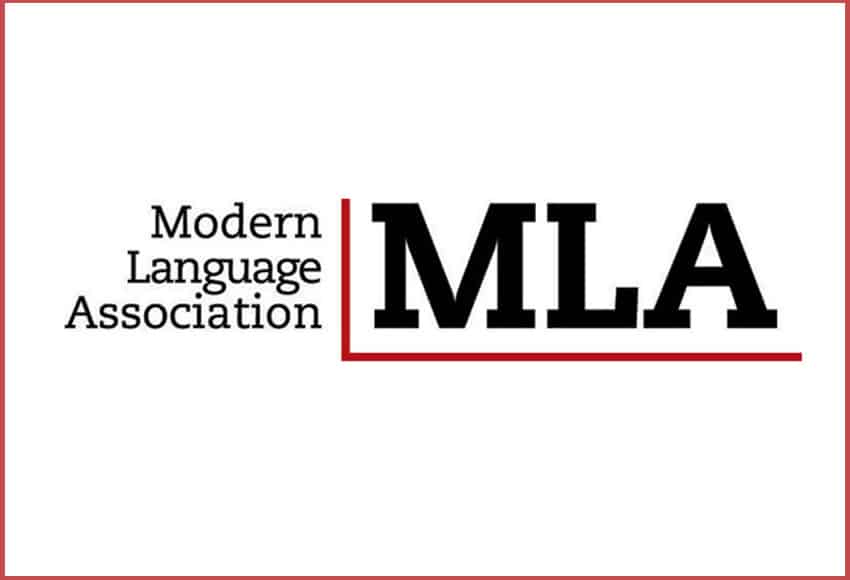Publication Date: 2010-07-01
How to Cite
Read, S. (2010). El mentiroso y el nuevo esquema T. Discusiones Filosóficas, 11(17), 119–137. Retrieved from https://revistasojs.ucaldas.edu.co/index.php/discusionesfilosoficas/article/view/564
More Citation Formats
Authors
Abstract
Since Tarski published his study of the concept of truth in the 1930s, it has been orthodox practice to suppose that every instance of the T-schema is true. However, some instances of the schema are false. These include the paradoxical instances exemplified by the Liar sentence. It is shown that a better schema allows a uniform treatment of truth in which the semantic paradoxes turn out to be simply false.
References
ALBERT OF SAXONY. (1974). Perutilis Logica. Venice 1522, repr. Olms.
BURIDAN, J. (2001). Summulae de Dialectica. Klima, G. (Tr.). New Haven, CT: Yale University Press.
CARNAP, R. (1963). “Intellectual autobiography in P. Schilpp”. In: The Philosophy of Rudolf Carnap. (pp. 3-84). La Salle, IL: Open Court.
COFFA, J. A. (1991). The Semantic Tradition from Kant to Carnap: To the Vienna Station. Cambridge: Cambridge University Press.
CHURCH, A. (1940). “A formulation of the simple theory of types”. In: Journal of Symbolic Logic, vol. 5, p. 56-68.
DAVIDSON, D. (1969). “True to the facts”. In: Journal of Philosophy, vol. 66, p. 304-323. Reprinted in his Inquiries into Truth and Interpretation. Oxford: Clarendon Press, 1984. p. 37-54.
DODD, J. (2001-2002). “Is truth supervenient on being?” In: Proceedings of the Aristotelian Society, vol. 102, p. 69-86.
HINTIKKA, J. (1975). “A counterexample to Tarski-type truth-definitions as applied to natural languages”. In: Philosophia, vol. 5, p. 207-212.
HORWICH, P. (1993). “In the truth domain”. In: Times Literary Supplement 4711, p. 28.
________. (1998). Truth. 2d. Ed. Oxford: Clarendon Press.
INSOLUBILIA. (2009). “Inncyclopedia Britannica”. In: Roure, M. L. La problematique des propositions insolubles au XIIIe siecle et au debut du XIVe, suivie de l’edition des traites de W. Shyreswood, W. Burleigh et Th. Bradwardine. In: Archives d’Histoire Doctrinale et Littéraire du Moyen Age, vol. 37, p. 205-326.
KRIPKE, S. (1975). “Outline of the theory of truth”. In: Journal of Philosophy, vol. 72, p. 690-716.
MOODY, E. A. (1953). Truth and Consequence in Medieval Logic. New York: Greenwood Press.
PRIOR, A. (1962). “Some problems of self-reference in John Buridan”. In: Proceedings of the British Academy, vol. 48, p. 281-296.
READ, S. (2002). “The liar raradox from John Buridan back to Thomas Bradwardine”. In: Vivarium, vol. 40, p. 189-218.
TARSKI, A. (1936). “The establishment of a scientific semantics” (Tr.). In: WOODGER, J. (Ed.). Logic, Semantics, Metamathematics. 2d Ed. Corcoran, J. (Tr.). Indianapolis: Hackett, 1983. p. 401-408.
________. (1983). Logic, Semantics, Metamathematics. 2d Ed. Woodger, J. (Ed.). Corcoran, J. (Tr.). Indianapolis: Hackett.
WITTGENSTEIN, L. (1961). Tractatus Logico-Philosophicus. Pears, D. & McGuinness, B. (Trs.). London: Routledge and Kegan Paul.
WRIGHT, C. J. G. (1992). Truth and Objectivity. Cambridge, MA: Harvard University Press.
YAQUB, A. (1993). The Liar Speaks the Truth. Oxford: Oxford University Press.
BURIDAN, J. (2001). Summulae de Dialectica. Klima, G. (Tr.). New Haven, CT: Yale University Press.
CARNAP, R. (1963). “Intellectual autobiography in P. Schilpp”. In: The Philosophy of Rudolf Carnap. (pp. 3-84). La Salle, IL: Open Court.
COFFA, J. A. (1991). The Semantic Tradition from Kant to Carnap: To the Vienna Station. Cambridge: Cambridge University Press.
CHURCH, A. (1940). “A formulation of the simple theory of types”. In: Journal of Symbolic Logic, vol. 5, p. 56-68.
DAVIDSON, D. (1969). “True to the facts”. In: Journal of Philosophy, vol. 66, p. 304-323. Reprinted in his Inquiries into Truth and Interpretation. Oxford: Clarendon Press, 1984. p. 37-54.
DODD, J. (2001-2002). “Is truth supervenient on being?” In: Proceedings of the Aristotelian Society, vol. 102, p. 69-86.
HINTIKKA, J. (1975). “A counterexample to Tarski-type truth-definitions as applied to natural languages”. In: Philosophia, vol. 5, p. 207-212.
HORWICH, P. (1993). “In the truth domain”. In: Times Literary Supplement 4711, p. 28.
________. (1998). Truth. 2d. Ed. Oxford: Clarendon Press.
INSOLUBILIA. (2009). “Inncyclopedia Britannica”. In: Roure, M. L. La problematique des propositions insolubles au XIIIe siecle et au debut du XIVe, suivie de l’edition des traites de W. Shyreswood, W. Burleigh et Th. Bradwardine. In: Archives d’Histoire Doctrinale et Littéraire du Moyen Age, vol. 37, p. 205-326.
KRIPKE, S. (1975). “Outline of the theory of truth”. In: Journal of Philosophy, vol. 72, p. 690-716.
MOODY, E. A. (1953). Truth and Consequence in Medieval Logic. New York: Greenwood Press.
PRIOR, A. (1962). “Some problems of self-reference in John Buridan”. In: Proceedings of the British Academy, vol. 48, p. 281-296.
READ, S. (2002). “The liar raradox from John Buridan back to Thomas Bradwardine”. In: Vivarium, vol. 40, p. 189-218.
TARSKI, A. (1936). “The establishment of a scientific semantics” (Tr.). In: WOODGER, J. (Ed.). Logic, Semantics, Metamathematics. 2d Ed. Corcoran, J. (Tr.). Indianapolis: Hackett, 1983. p. 401-408.
________. (1983). Logic, Semantics, Metamathematics. 2d Ed. Woodger, J. (Ed.). Corcoran, J. (Tr.). Indianapolis: Hackett.
WITTGENSTEIN, L. (1961). Tractatus Logico-Philosophicus. Pears, D. & McGuinness, B. (Trs.). London: Routledge and Kegan Paul.
WRIGHT, C. J. G. (1992). Truth and Objectivity. Cambridge, MA: Harvard University Press.
YAQUB, A. (1993). The Liar Speaks the Truth. Oxford: Oxford University Press.

 PDF (Español)
PDF (Español)
 FLIP
FLIP
























